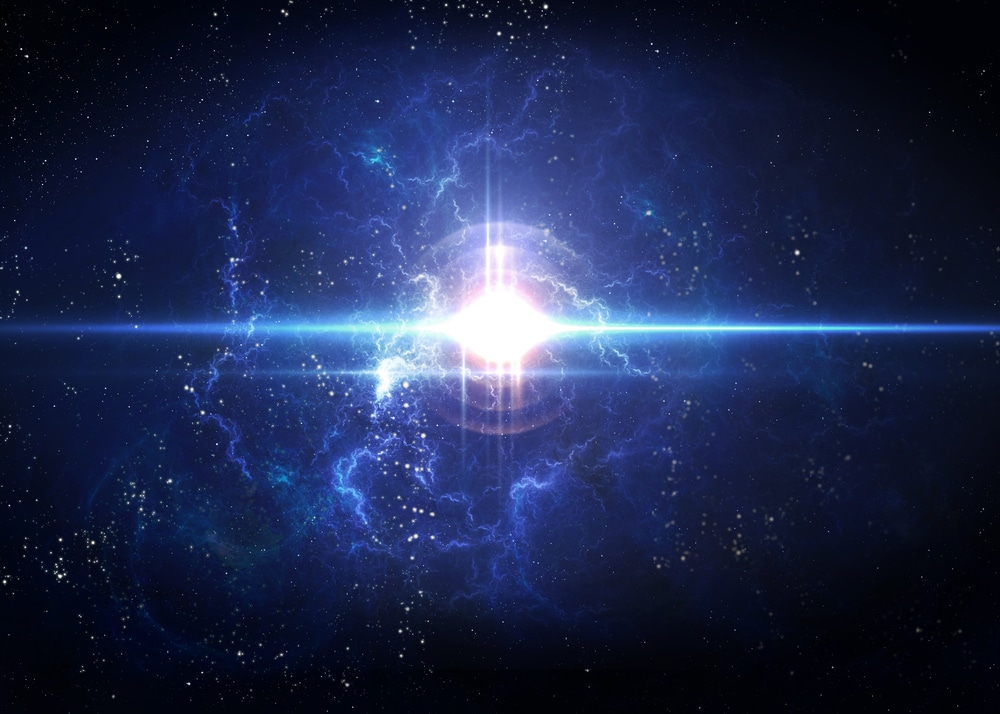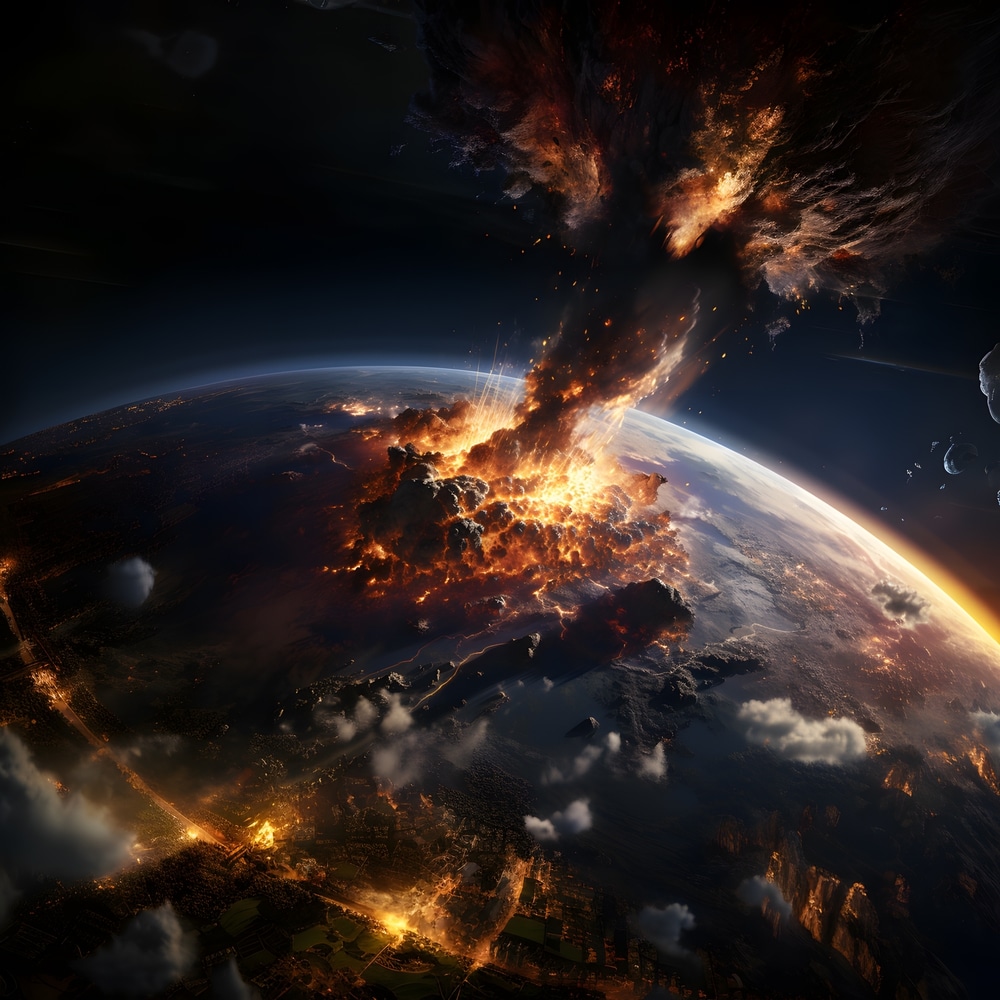Sometime between now and September, a massive explosion 3,000 light years from Earth will flare up in the night sky, giving amateur astronomers a once-in-a-lifetime chance to witness this space oddity.
The binary star system in the constellation Corona Borealis—”northern crown”—is usually too dim to see with the naked eye. But every 80 years or so, exchanges between its two stars, which are locked in a deadly embrace, spark a runaway nuclear explosion.
The light from the blast travels through the cosmos and makes it appear as if a new star—as bright as the North Star, according to NASA—has suddenly just popped up in our night sky for a few days.
It will be at least the third time humans have witnessed this event, which was first discovered by Irish polymath John Birmingham in 1866 and then reappeared in 1946.
The appropriately named Sumner Starrfield, an astronomer at Arizona State University, told AFP he was very excited to see the nova’s “outburst”. After all, he has worked on T Coronae Borealis—also known as the “Blaze Star”—on and off since the 1960s.
Starrfield is currently rushing to finish a scientific paper predicting what astronomers will find out about the recurring nova whenever it shows up in the next five months. “I could be today… but I hope it’s not,” he said with a laugh.
Starrfield explained that there are only around 10 recurring novas in the Milky Way and surrounding galaxies.
Normal novas explode “maybe every 100,000 years,” he said. But recurrent novas repeat their outbursts on a human timeline because of a peculiar relationship between their two stars.


















